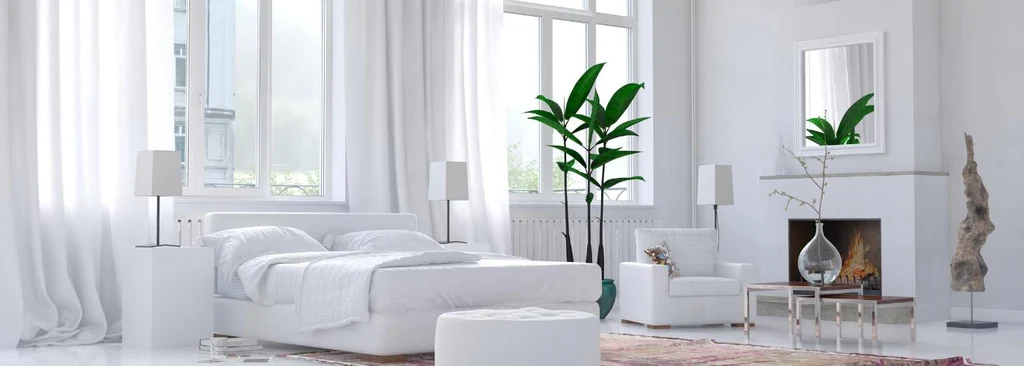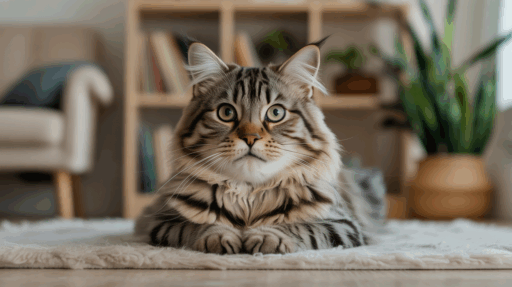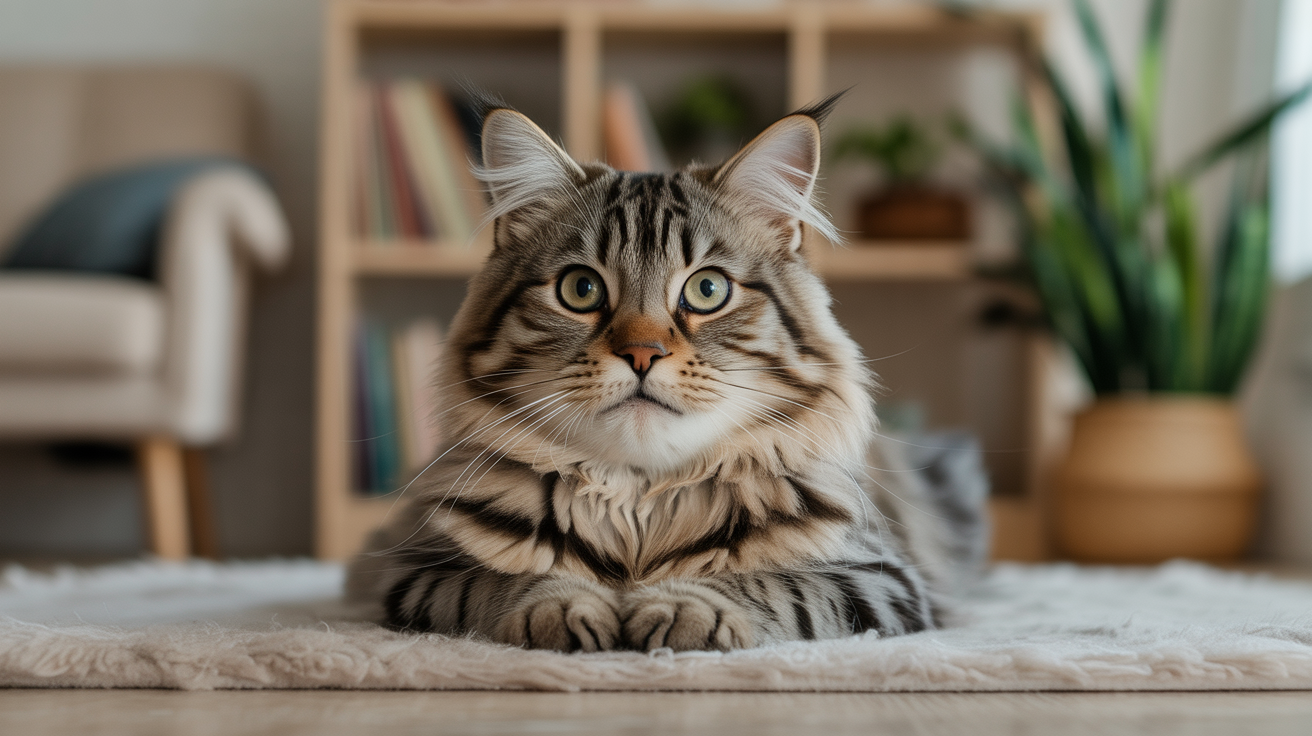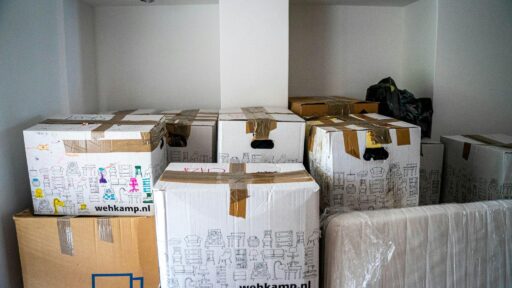From majestic Maine Coons to towering Savannahs, large cat breeds bring extra love—and extra size—into our lives. But what happens when you’re sharing a cozy apartment or small house with a feline giant? With smart design and creative thinking, even compact spaces can comfortably accommodate these impressive companions. Let’s transform a small apartment into a comfortable kingdom for your gentle giant.
Understanding the Needs of Large Cat Breeds
Big cats like Norwegian Forest Cats, Ragdolls, and Chausies aren’t just scaled-up versions of their smaller cousins. Their substantial size comes with specific requirements—more space to stretch, sturdier furniture to support their weight, and careful planning to keep them active and content. These gentle giants typically weigh 15-25 pounds, with some reaching up to 30 pounds, meaning standard cat accessories often prove inadequate.
If you’re considering welcoming a Maine Coon into your home, SlowBlink Maine Coons offers wild-looking, healthy, and well-socialized kittens bred to adapt beautifully to any loving environment, regardless of size. And they know firsthand how to help them thrive in homes of all sizes.
Building Upward: Vertical Space Solutions
When floor space is limited, look upward. Large cats naturally seek high vantage points, a behavior inherited from their wild ancestors. Installing wall-mounted shelves in a staggered pattern creates an engaging climbing course that satisfies this instinct while conserving precious square footage.
Choose shelves rated for at least 30 pounds to accommodate your cat’s full-grown weight. Covering surfaces with carpet remnants or sisal provides traction and doubles as scratching areas. Position some shelves near windows to create perfect birdwatching perches—a favorite pastime for curious large breeds.
Reinforced Furniture for Heavy-Duty Use

Standard cat trees often wobble dangerously under the weight of big cats. Invest in floor-to-ceiling scratching posts with wide, weighted bases, or consider building custom climbing structures using sturdy materials like solid wood and thick sisal rope.
Multi-level cat condos should have platforms at least 18×18 inches to comfortably fit larger bodies. Some creative owners repurpose bookshelves or wall units by adding carpeted platforms and sisal-wrapped supports, creating stylish furniture that serves both human and feline needs.
Litter Box Logistics for Sizeable Cats
The general rule—a litter box should be 1.5 times your cat’s length—becomes challenging in small spaces when dealing with breeds that can measure over 3 feet from nose to tail. High-sided storage bins make excellent inexpensive alternatives to commercial litter boxes, providing ample room while containing scatter.
For a more polished look, consider furniture-style enclosures. An IKEA cabinet conversion with a discreet entry hole can house an extra-large litter pan while blending with your decor. Remember to choose a location that allows your big cat to enter and turn around comfortably—these breeds need more maneuvering room than you might expect.
Dining in Comfort: Feeding Station Solutions
Large breeds need appropriately sized dining areas. Elevated feeders raise food bowls to a more comfortable height, reducing neck strain during meals. Look for stands that position bowls 6-8 inches off the ground for optimal ergonomics.
Wall-mounted food stations save valuable floor space while keeping mealtime mess contained. For homes with multiple pets, consider timed feeders that only open for specific microchipped cats—especially useful if your big cat needs a special diet.
Sleeping Arrangements for Feline Giants
While large cats might try to claim your entire bed, they also appreciate their own dedicated sleeping spots. Oversized window perches with reinforced brackets allow sunbathing without hogging your furniture. For homes with radiators, install a sturdy radiator bed to create a warm winter lounging spot.
Some big cats enjoy cave-style beds, but ensure the opening is wide enough for easy access. A simple solution? Place a soft blanket in the bottom of an extra-large dog crate with the door removed—the perfect private retreat for your gentle giant.
Playtime in Limited Spaces
Keeping large cats active in small quarters requires creativity. Interactive wand toys with extra-long handles allow vigorous play without needing much clearance. When not in use, these store neatly behind doors or in tall, narrow containers.
Rotate toys weekly to maintain interest, and consider puzzle feeders that challenge your cat’s mind while slowing down mealtime. Even in tight spaces, dedicating a 3×3 foot area with a sturdy scratching post and a few favorite toys can serve as an effective play zone.
Making It Work: Final Tips
Living with big cats in small spaces is absolutely possible with thoughtful planning. Regular grooming becomes especially important to manage shedding in close quarters. Invest in a quality vacuum designed for pet hair, and consider washable furniture covers for shared seating areas.
Most importantly, observe your individual cat’s habits. Some large breeds prefer sprawling out, while others like to curl up in tight spaces. By tailoring your space to your cat’s specific preferences, you’ll create a home that’s comfortable for everyone—no matter how many square feet you’re working with.
With these solutions, you’ll find that sharing a small home with a big cat isn’t just manageable—it’s incredibly rewarding. These gentle giants have oversized personalities to match their stature, and creating a space where they can thrive will deepen the special bond you share.








